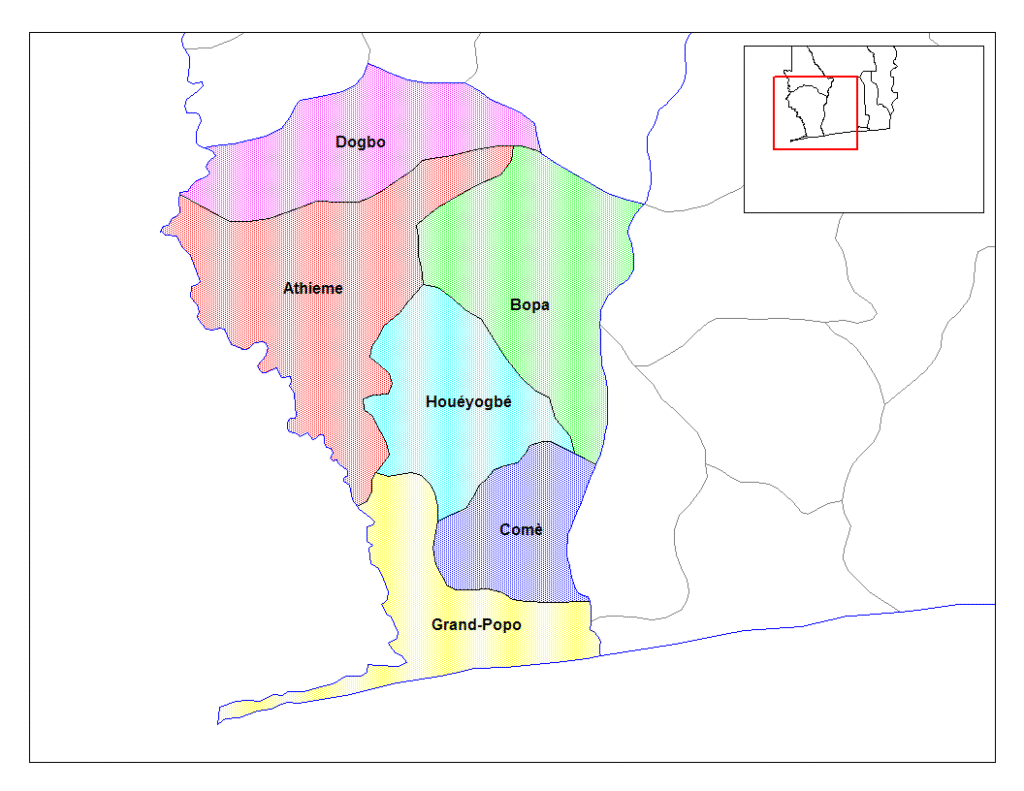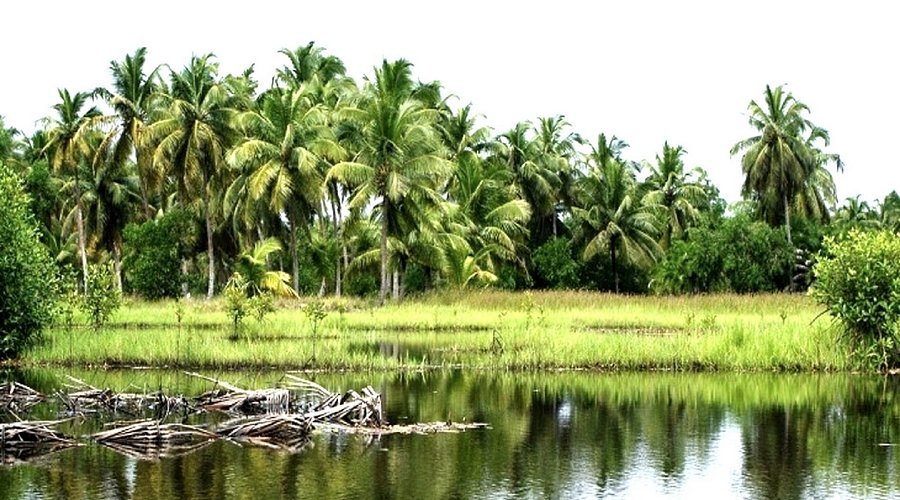
Mono [mo.no] is one of the twelve departments of Benin, with its capital at Lokossa. It is named for the Mono River which forms much of the border with Togo. The northern areas of the department were split off to create the newly formed Kouffo Department in 1999. Mono is subdivided into six communes, each centred at one of the principal towns, namely, Athiémè, Bopa, Comè, Grand-Popo, Houéyogbé and Lokossa. It has an area of 1,396 square kilometres (539 sq mi).
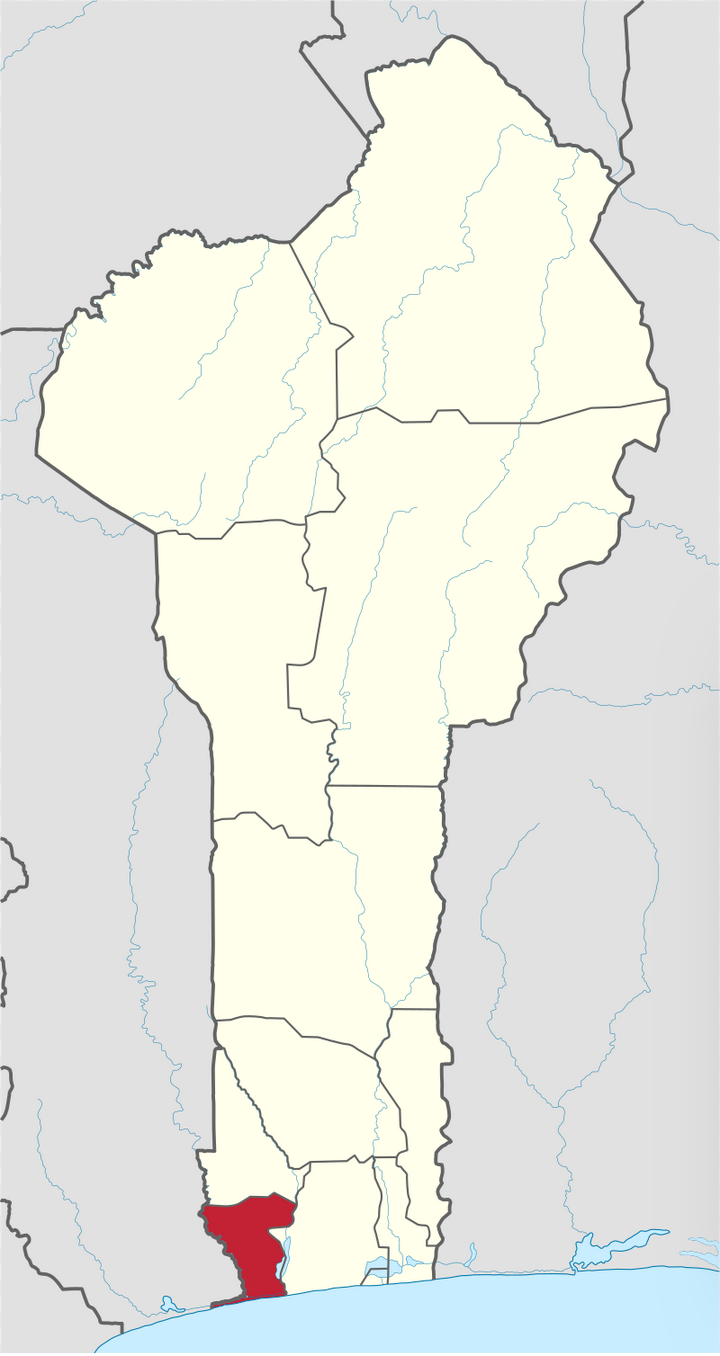
As of 2013, the total population of the department was 497,243, with 241,554 males and 255,689 females. The proportion of women was 51.40%. The total rural population was 50.30%, while the urban population was 49.70%. The total labour force in the department was 142,220, of which 48.60% were women. The proportion of households with no level of education was 48.70%.
Mono Department is located in the southwest of Benin and borders Kouffo Department to the north, Atlantique Department to the east, the Atlantic Ocean to the south, and Togo to the west. It is located in a coastal area that has interconnected lakes and lagoons and elongated coastlines with wide marshes. Lake Ahémé, Benin’s second largest lake, lies on the border with the Atlantique Department; smaller lakes in the department include Lake Toho and Lake Togbadji.
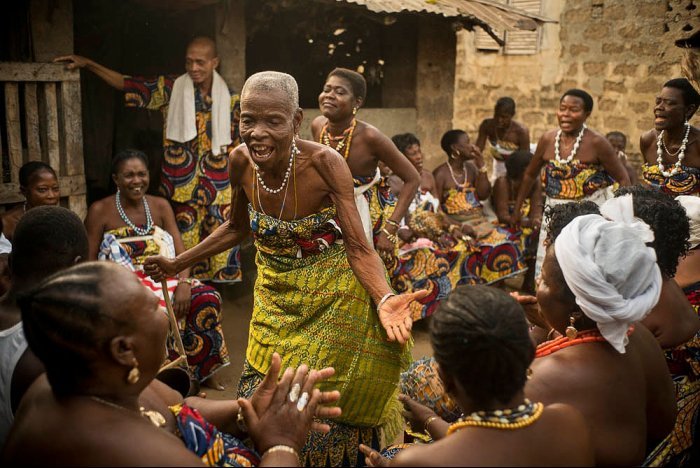
Prefect of Mono department
Mr. Bienvenu Dêdêgnon MILOHIN
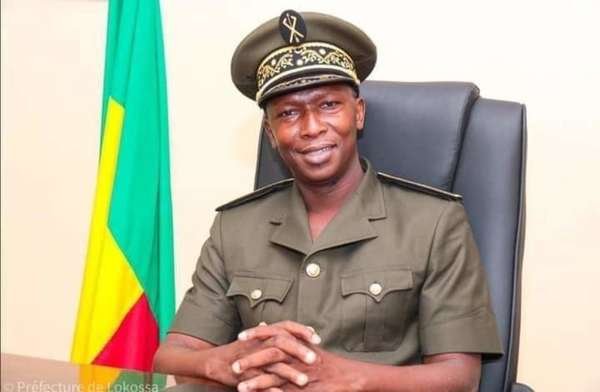
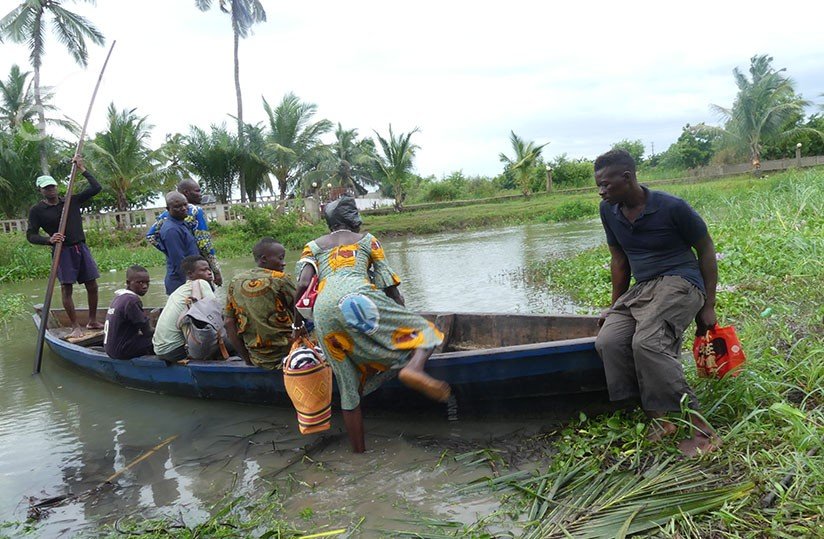
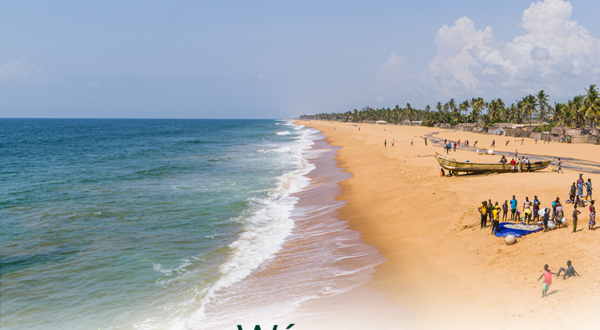
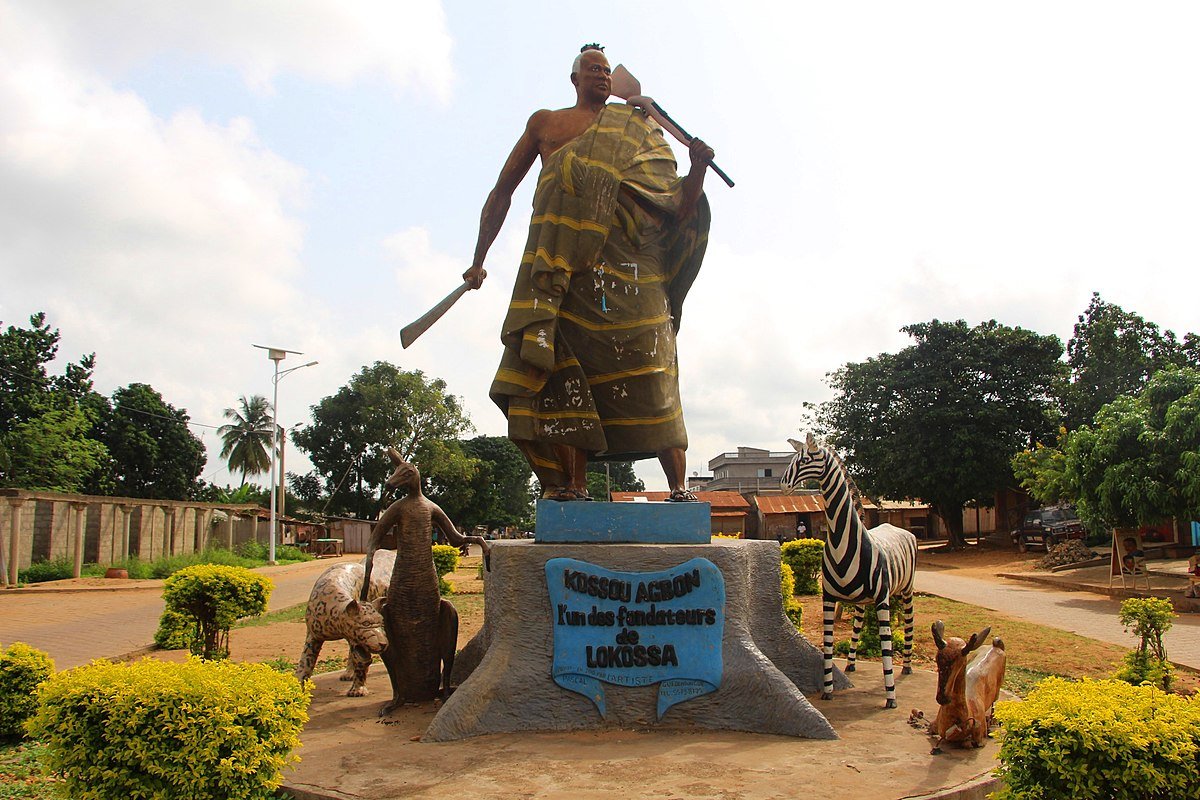
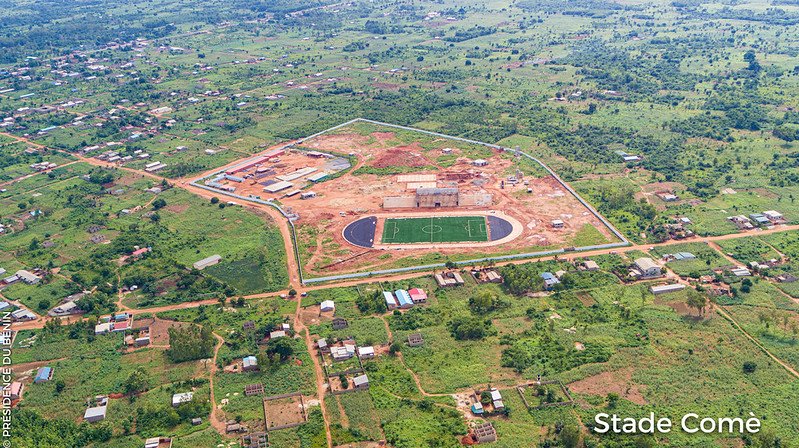
The main ethnolinguistic groups in the department are the Aja, Fon, Gen, Phla (also known as Xwla), Saxwe, Phera (also known as Xwela), Kotafon and Ayizo. Other groups include the Aguna.
Freshwater and seawater fishing is the major profession in the region. Petroleum was discovered in the 1960s in offshore areas, while titanium, low quality iron ore, ilmenite and chromite are the major minerals.
.
Some territories of Mono were moved to the newly formed department of Kouffo in 1999. Mono is subdivided into six communes, each centered at one of the principal towns: Athiémè, Bopa, Comè, Grand-Popo, Houéyogbé and Lokossa. It has an area of 1,396 square kilometres (539 sq mi).
